Happy Friday GPODers!
We’re ending the week on a very tranquil, peaceful note with another visit to Montreal Botanical Garden courtesy of Cherry Ong. In case you missed it, yesterday we explored the impressive penjing collection in the Springtime Courtyard (Le Cour du Printemps), and today we’re exploring the aptly named Dream Lake Garden (Le Jardin du Lac de reve).
This is an authentic Chinese garden designed to resemble the private garden of a mandarin, an Imperial court official, in Ming-era (14th to 17th centuries) southern China. The 2.5 hectare space was designed by Chinese architect Le Weizhong and is one of the largest classical gardens outside of China.
The Garden is the fruit of friendship between Montreal and Shanghai. It was built entirely in China, then dismantled and shipped by sea to Montreal. Here it was reassembled in 1990 by a team of more than fifty craftsmen brought specially from China. The Dream Lake Garden opened on June 20, 1991.
The Garden’s layout, the plant species and the architecture of the different buildings all reflect age-old traditions. It is a peaceful haven for you to enjoy in the heart of the city, just as people would have done in China in days gone by.
Not dissimilar to the penjing we saw yesterday, Chinese gardens were traditionally designed to mimic and evoke the larger natural world. This is why both rocks/stones and greenery are two prominent features. Large rocks and boulders like the incredible structure above, are meant to represent towering mountain peaks, while the bright yellow-green sedum and other foliage plants that surround capture the feeling of ancient forests. To learn more about the importance of rocks in traditional Chinese garden design, check out this fascinating article from The Metropolitan Museum of Art: Chinese Gardens and Collectors’ Rocks.
While the lush greenery and striking rock arrangements transport you to a wild forest, the real stars of this part of the garden are the incredible lotus (Nelumbo nucifera, Zones 4–10) plants.
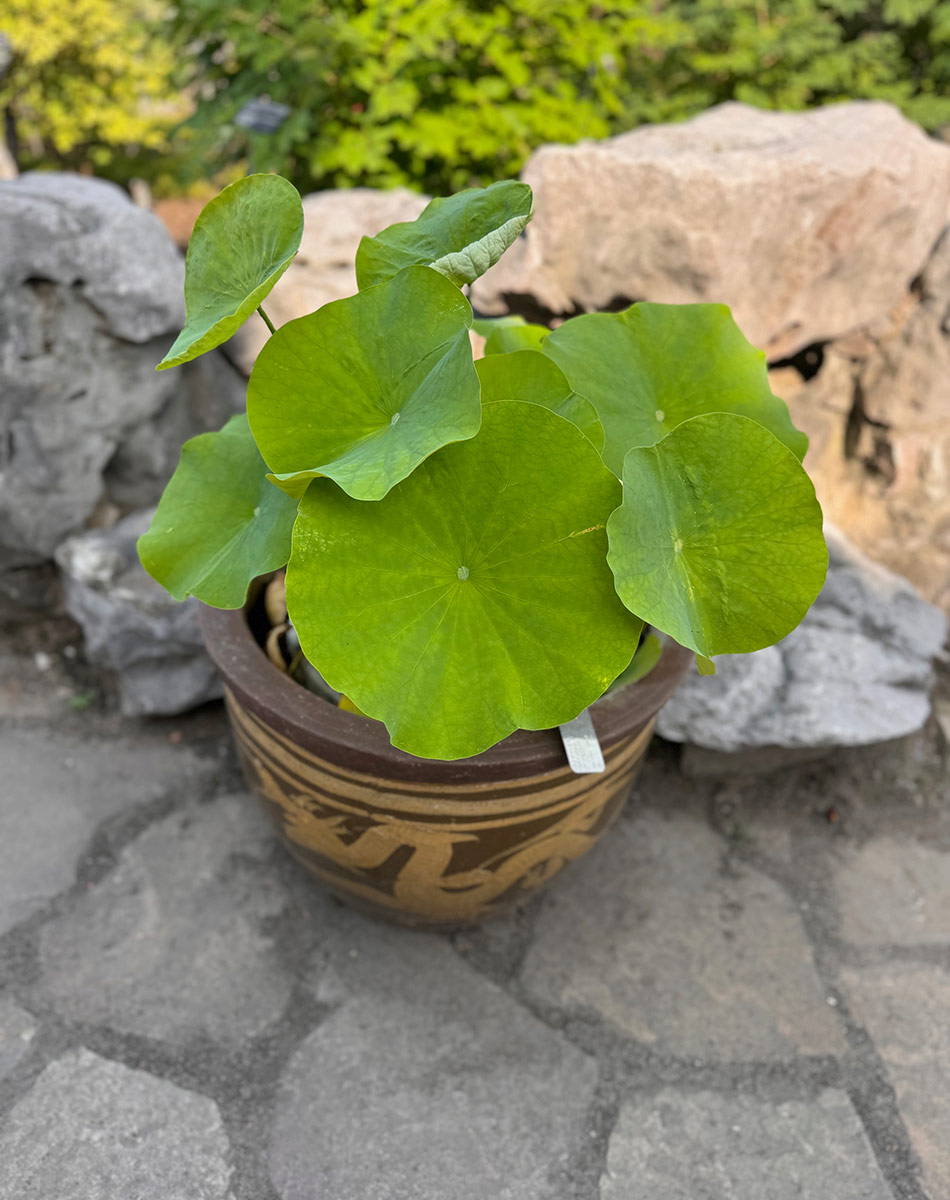 Although you probably envision lotus growing out to large masses in lakes and ponds, they are also great plants to grow in containers.
Although you probably envision lotus growing out to large masses in lakes and ponds, they are also great plants to grow in containers.
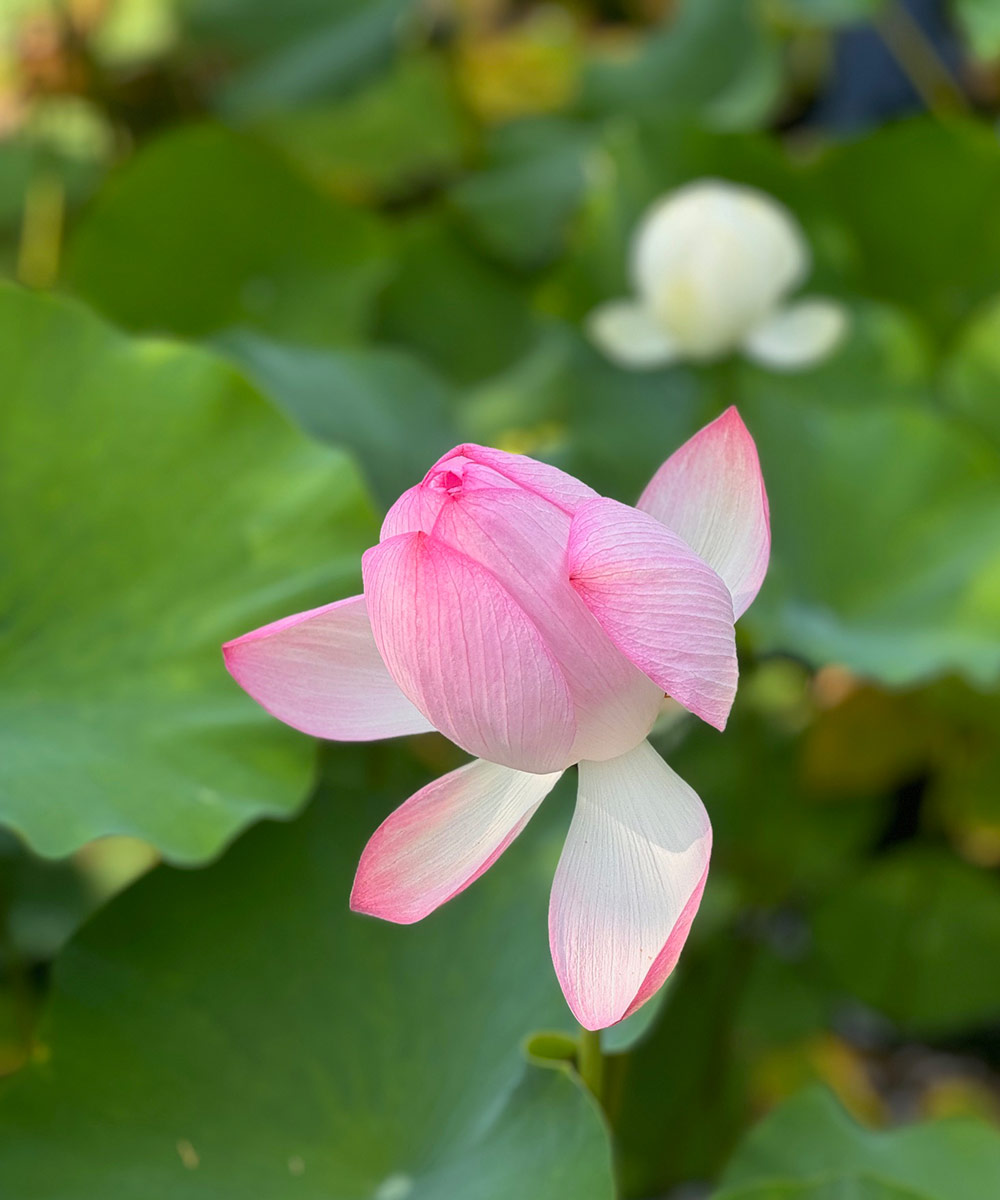 Sacred Lotus (Lotus d’Orient) – The lotus is the most admired of all aquatic plants, with its elegant bearing, graceful flowers and rich traditional heritage. For Buddhists, the lotus is a symbol of purity, for its flower rises immaculate from its muddy bed. In China, it symbolizes the Confucian model of the “superior man” and is also one of the noble flowers. There are two species of lotus: The sacred lotus (above), Nelumbo nucifera, also known as the East Indian lotus, Oriental lotus or lily of the Nile, is native to southern Asia and can grow at altitudes of up to 1,600 meters. And…
Sacred Lotus (Lotus d’Orient) – The lotus is the most admired of all aquatic plants, with its elegant bearing, graceful flowers and rich traditional heritage. For Buddhists, the lotus is a symbol of purity, for its flower rises immaculate from its muddy bed. In China, it symbolizes the Confucian model of the “superior man” and is also one of the noble flowers. There are two species of lotus: The sacred lotus (above), Nelumbo nucifera, also known as the East Indian lotus, Oriental lotus or lily of the Nile, is native to southern Asia and can grow at altitudes of up to 1,600 meters. And…
The American lotus, Nelumbo lutea, is native to a region stretching from southeastern North America to the northern parts of South America. Smaller than the sacred lotus, it bears scented, pale yellow flowers.
Though zen gardens are most often associated with Japan, several other countries in Asia have created their own interpretations of these dry, rock gardens. To match the more wild, natural aesthetic of traditional Chinese garden design, this small zen garden is more reminiscent of a natural landscape than the meticulous and minimalist Japanese style.
The Friendship Hall is a welcoming space in the center of the garden.
The Springtime Courtyard, which houses the amazing penjing specimens.
The Pavilion of Infinite Pleasantness – Little did I know that Chinese gardens combine two of my loves: plants and literature. Buildings in and around a garden are traditionally adorned with poetic couplets and names that reference literature and reflect on the owner’s values and taste. At Montreal Botanic Garden the names of all of the structures and spaces have reflected a mission to encourage relaxation, enjoyment, and happiness in the garden.
And they’re not being hyperbolic when they describe this place as “Infinite Pleasantness,” with joyful little details large and small to admire and enjoy. Cherry has a keen eye for all the details.
The Entrance Courtyard – with lots of Japanese stiltgrass (Microstegium vimineum) and a small Japanese maple that mimics the penjing inside.
And one last look at the Entrance Courtyard before we say goodbye to this stunning garden.
Thank you so much for sharing your visit to Montreal Botanical Garden with us, Cherry! I think I learned just as much as I admired these gardens.
Did you visit any gardens this summer? A big botanical garden like Cherry, or a small private garden tour? If you have photos, I would love to see them. Follow the directions below to submit photos, or send me a DM on Instagram: @agirlherdogandtheroad. Have a lovely weekend, everyone!
Have a garden you’d like to share?
Have photos to share? We’d love to see your garden, a particular collection of plants you love, or a wonderful garden you had the chance to visit!
To submit, send 5-10 photos to [email protected] along with some information about the plants in the pictures and where you took the photos. We’d love to hear where you are located, how long you’ve been gardening, successes you are proud of, failures you learned from, hopes for the future, favorite plants, or funny stories from your garden.
Have a mobile phone? Tag your photos on Facebook, Instagram or Twitter with #FineGardening!
Do you receive the GPOD by email yet? Sign up here.
Fine Gardening Recommended Products
SHOWA Atlas 370B Nitrile Palm Coating Gloves, Black, Medium (Pack of 12 Pairs)
Fine Gardening receives a commission for items purchased through links on this site, including Amazon Associates and other affiliate advertising programs.
Lightweight and close-fitting for excellent dexterity. Machine washable. Breathable back of hand to reduce perspiration. Designed for easy movement and continuous wear. Ideal for aerospace, assembly, automotive, construction, final fix, gardening, manufacturing, operating machinery, packaging, precision handling, tiling, warehousing.
The Crevice Garden: How to make the perfect home for plants from rocky places
Fine Gardening receives a commission for items purchased through links on this site, including Amazon Associates and other affiliate advertising programs.
A crevice garden replicates the environmental conditions of mountain tops, deserts, coastlines, and other exposed or rocky places on earth. These striking garden features provide perfect conditions for the plants native to these far-off places, bringing the cultivation of these precious gems within everybody’s reach.
Bee Watering Station with Vivid Flower Design
Fine Gardening receives a commission for items purchased through links on this site, including Amazon Associates and other affiliate advertising programs.
Thoughtful Combo: You will receive a bee feeder and 30 glass marbles. This thoughtful combo can provide clean water for the bees, you just need to put the marbles into the bee watering station, add water (note: the water level should not exceed the height of the marbles) and hang them in the right place. The round, colored marbles can provide a place for the bees to stand and prevent them from falling into the water, effectively keeping the bees safe. Fine Material: This exquisite bee bath is made of high quality iron material, smooth surface, rust and weather resistant, not easy to fade, sturdy and reliable. Bee cups for garden can well meet the drinking water needs of lovely bees, and it can also provide food for bees, such as sugar water, nectar, etc., attracting more bees to your outdoor area and making your garden full of vitality. Perfect Size: The butterfly watering station has an overall height of 13.4 inches, a bowl diameter of 9.4 inches, and a weight of 0.44 pounds. The bee cup serves the needs of the bees well without plunging them into dangerously deep water or taking up unnecessary space in your garden, and this compact and efficient design makes it a practical addition to any outdoor space. Elegant Design: Our bee watering cups are designed in unique flower shapes with vibrant and realistic colours to attract lovely bees to your garden and patio, bee feeders for outside are not only functional but can also be used as a landscaping element, their vibrant floral patterns enhance the beauty of your garden. Multicolored Decoration: Colorful bee water stations look like flowers in a garden, flower bed or pot and attract bees and butterflies. They can drink or bathe in bee feeders, which are highly decorative and practical.
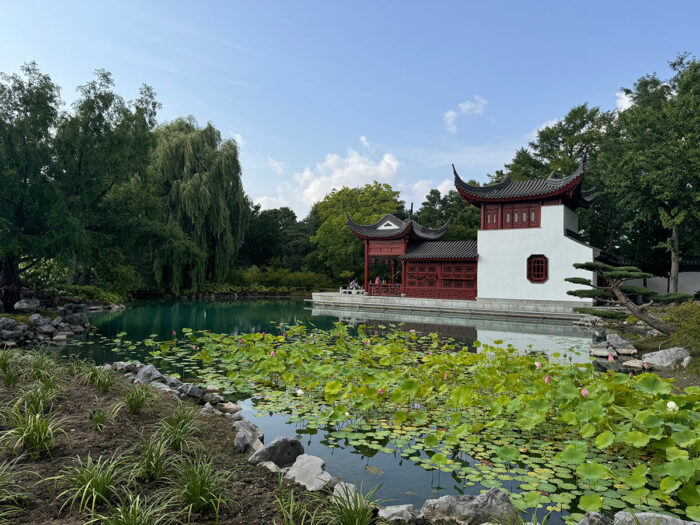
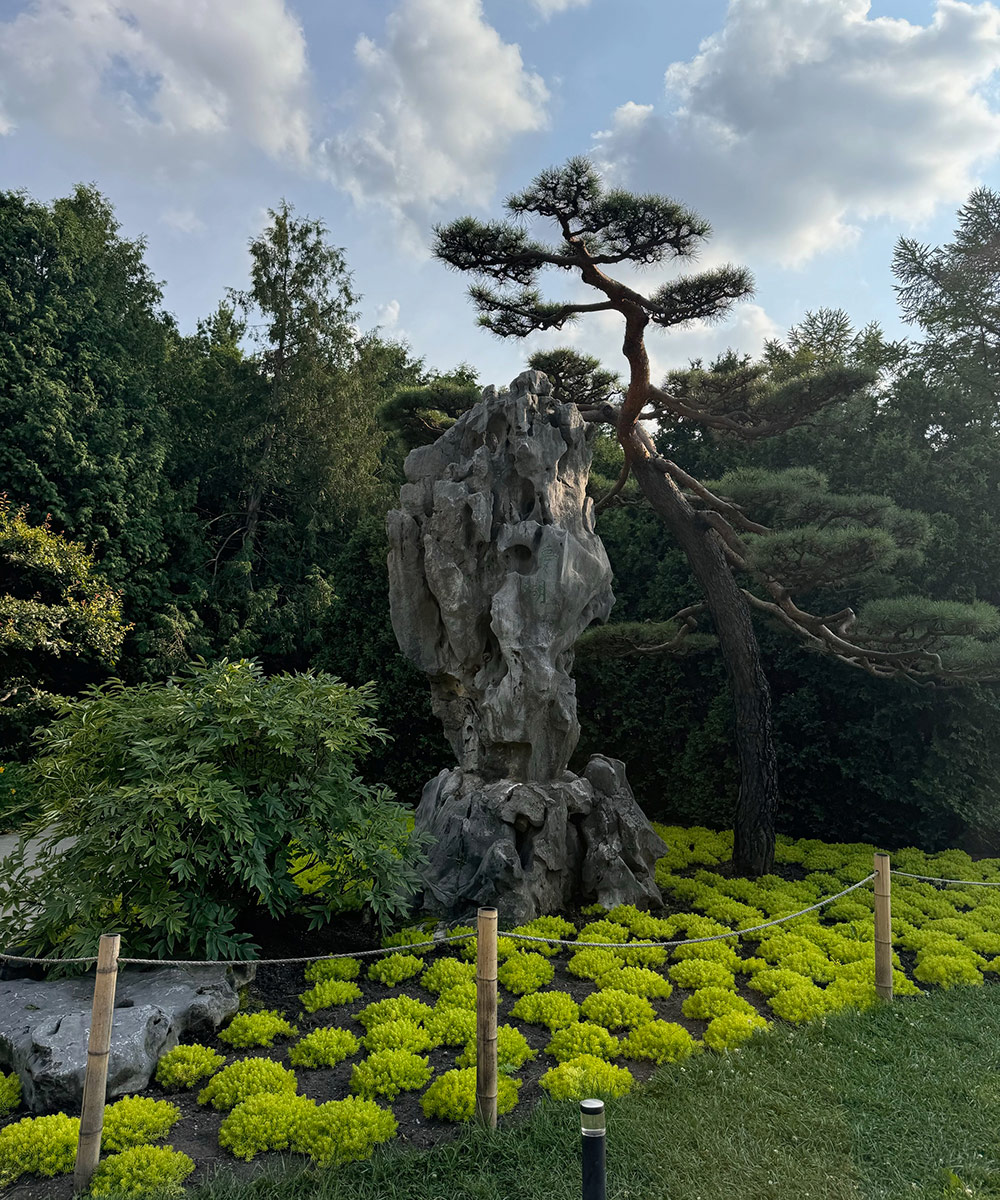
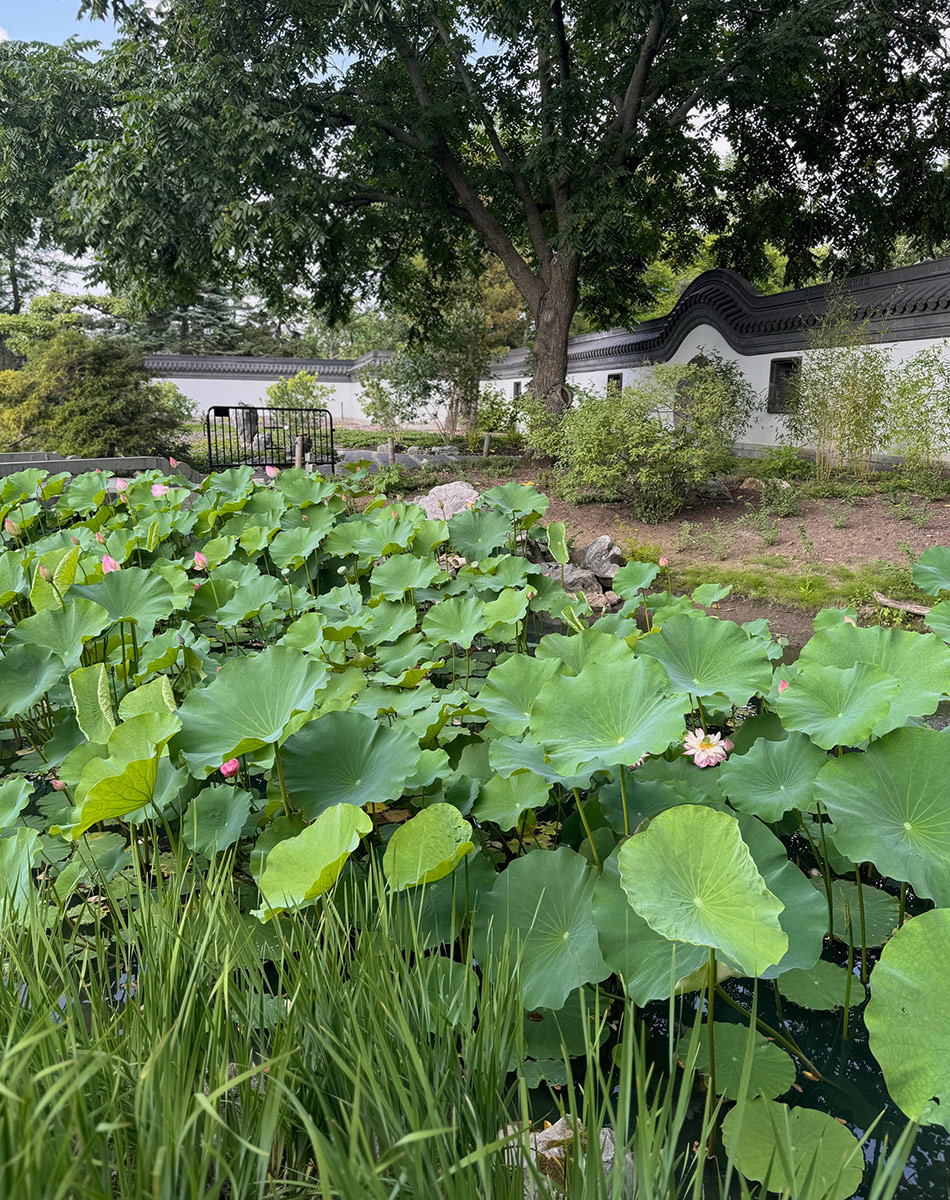
 Although you probably envision lotus growing out to large masses in lakes and ponds, they are also great plants to grow in containers.
Although you probably envision lotus growing out to large masses in lakes and ponds, they are also great plants to grow in containers. Sacred Lotus (Lotus d’Orient) – The lotus is the most admired of all aquatic plants, with its elegant bearing, graceful flowers and rich traditional heritage. For Buddhists, the lotus is a symbol of purity, for its flower rises immaculate from its muddy bed. In China, it symbolizes the Confucian model of the “superior man” and is also one of the noble flowers. There are two species of lotus: The sacred lotus (above), Nelumbo nucifera, also known as the East Indian lotus, Oriental lotus or lily of the Nile, is native to southern Asia and can grow at altitudes of up to 1,600 meters. And…
Sacred Lotus (Lotus d’Orient) – The lotus is the most admired of all aquatic plants, with its elegant bearing, graceful flowers and rich traditional heritage. For Buddhists, the lotus is a symbol of purity, for its flower rises immaculate from its muddy bed. In China, it symbolizes the Confucian model of the “superior man” and is also one of the noble flowers. There are two species of lotus: The sacred lotus (above), Nelumbo nucifera, also known as the East Indian lotus, Oriental lotus or lily of the Nile, is native to southern Asia and can grow at altitudes of up to 1,600 meters. And…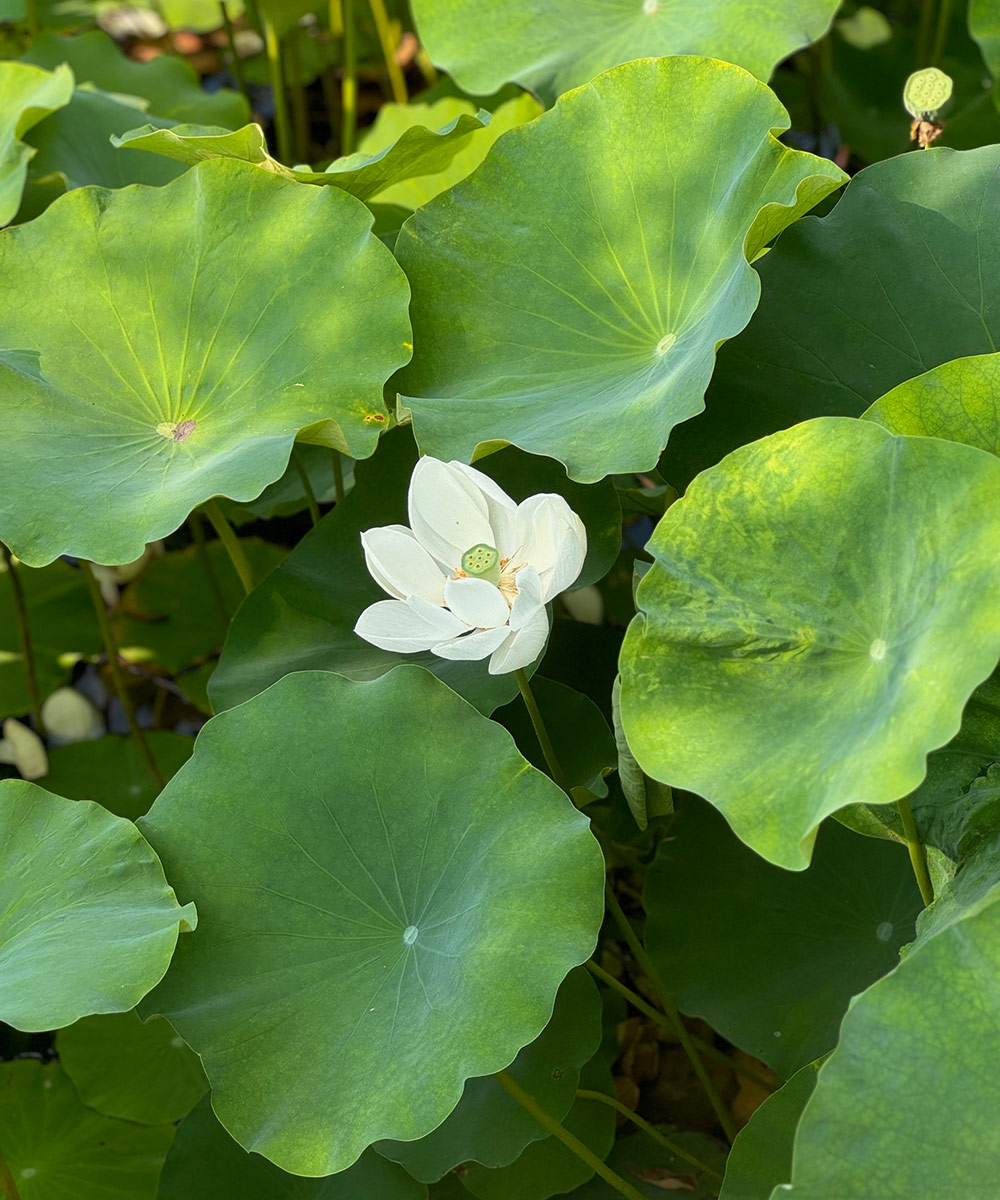
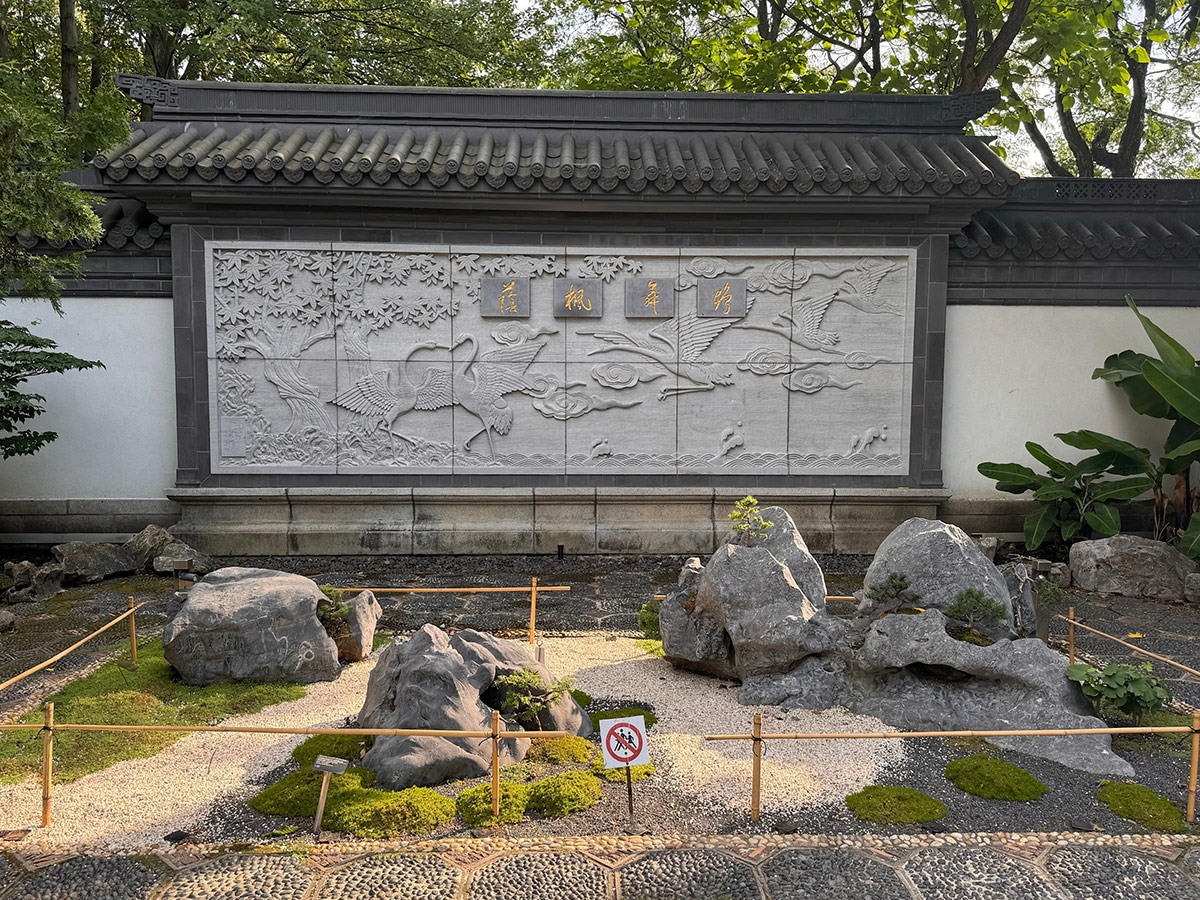
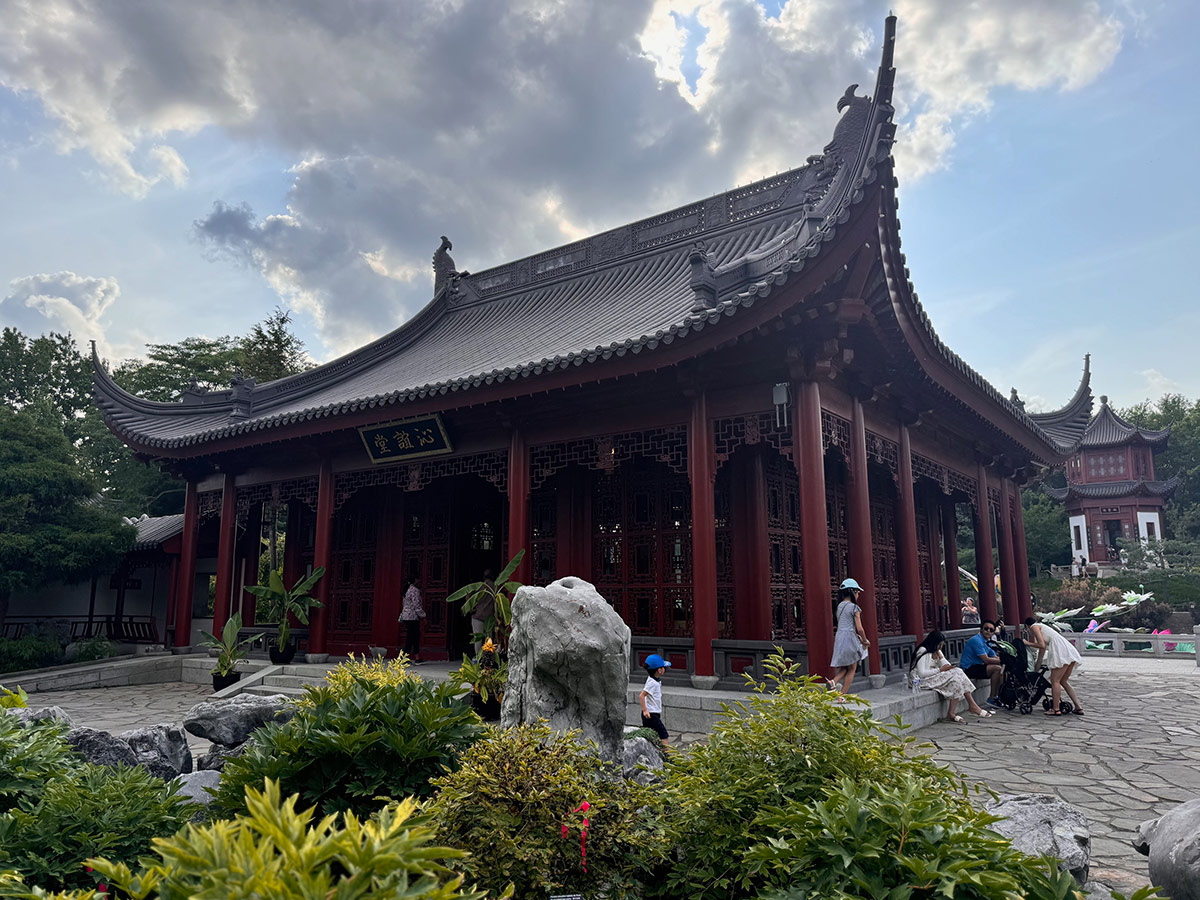
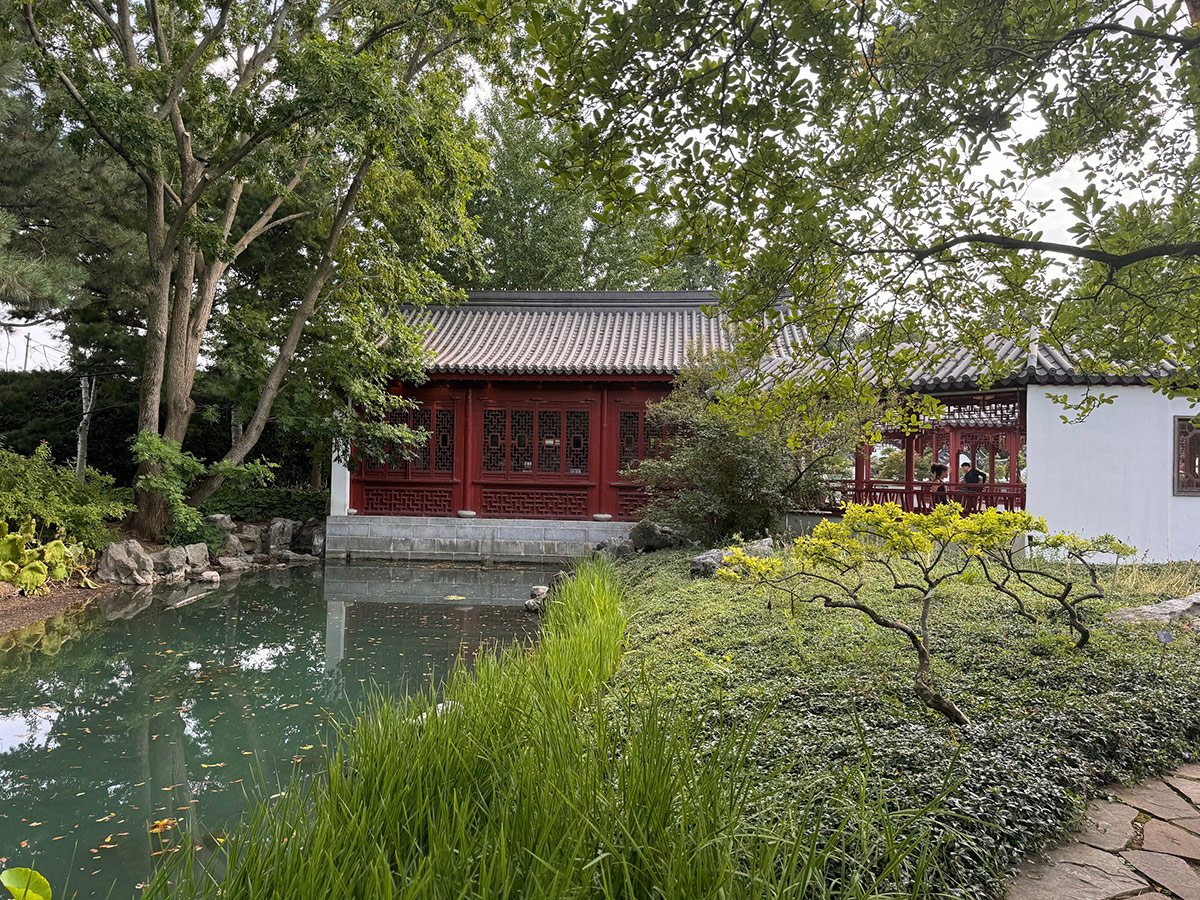
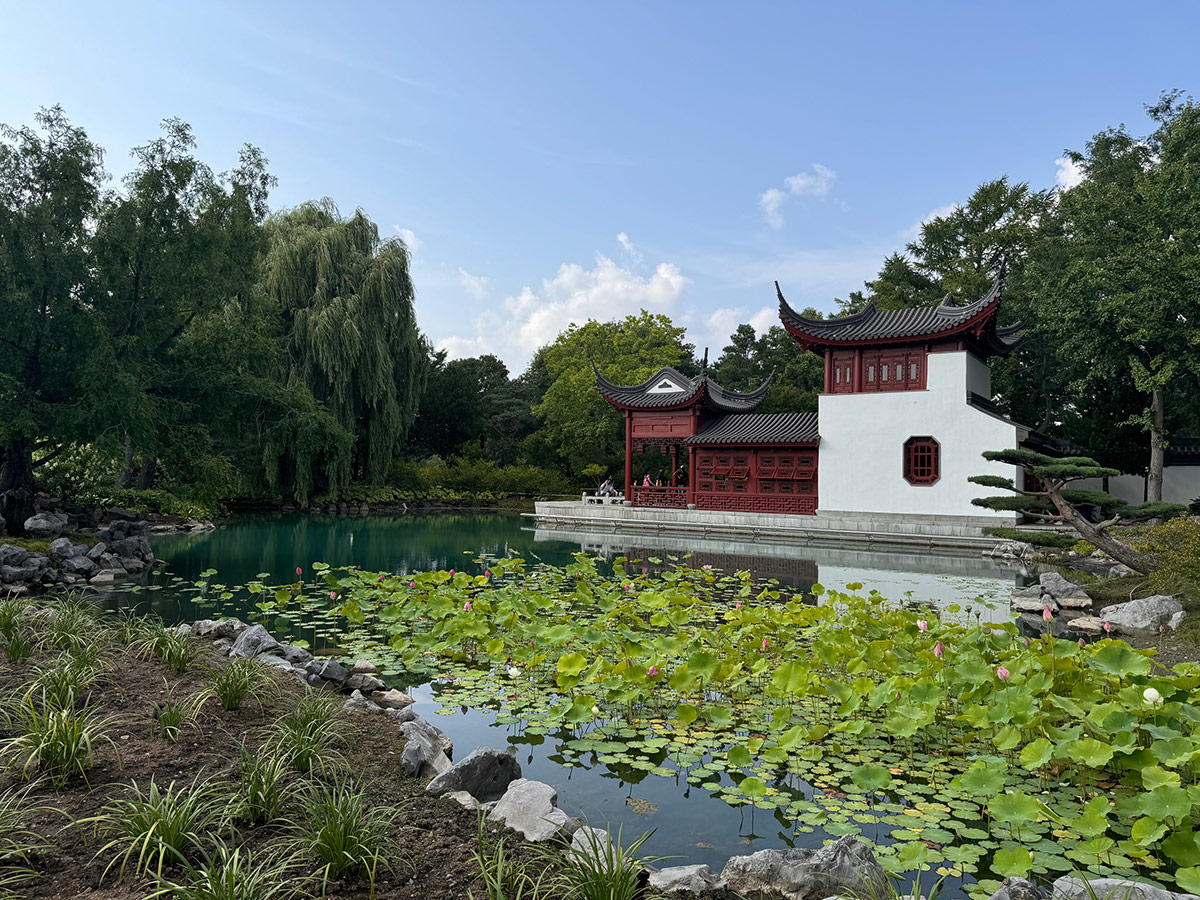
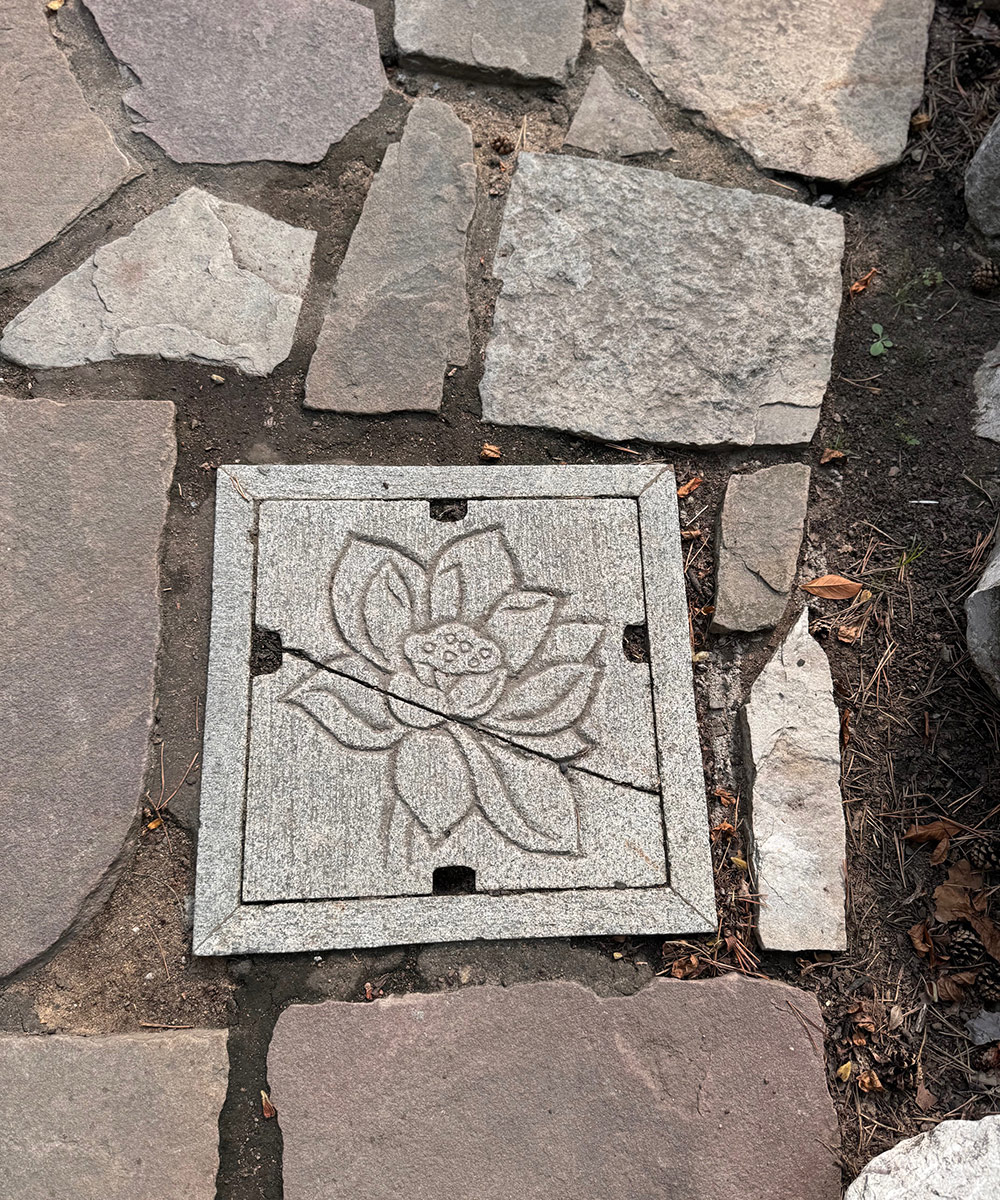
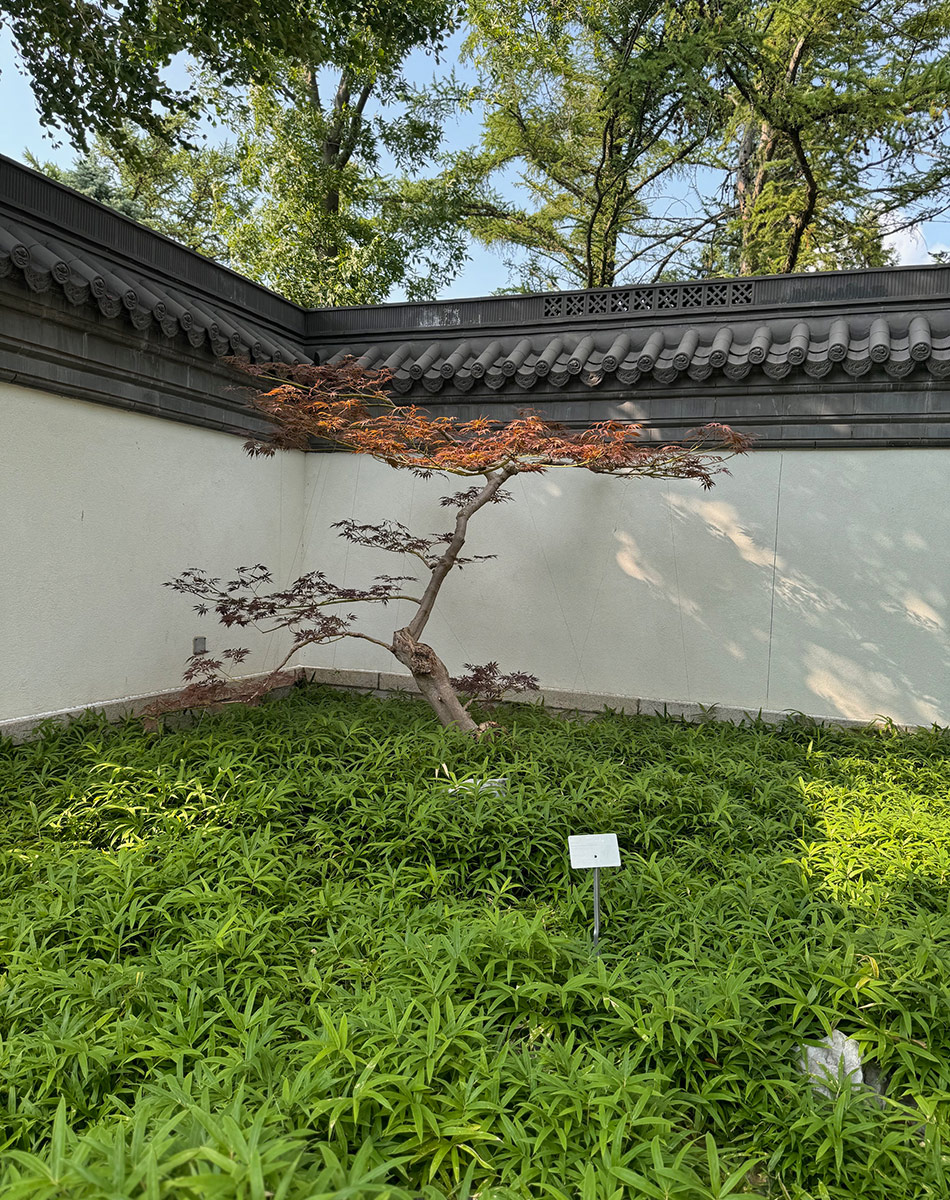
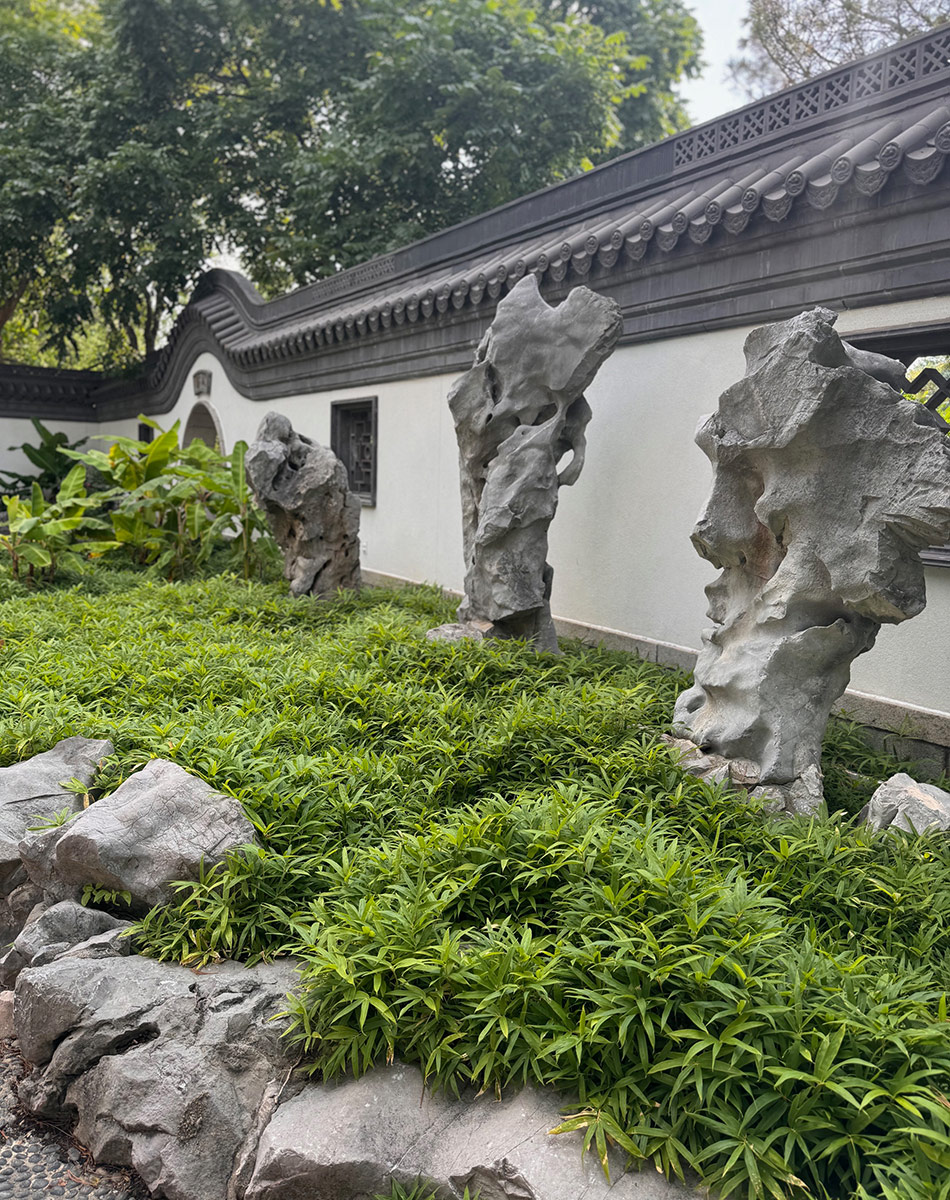

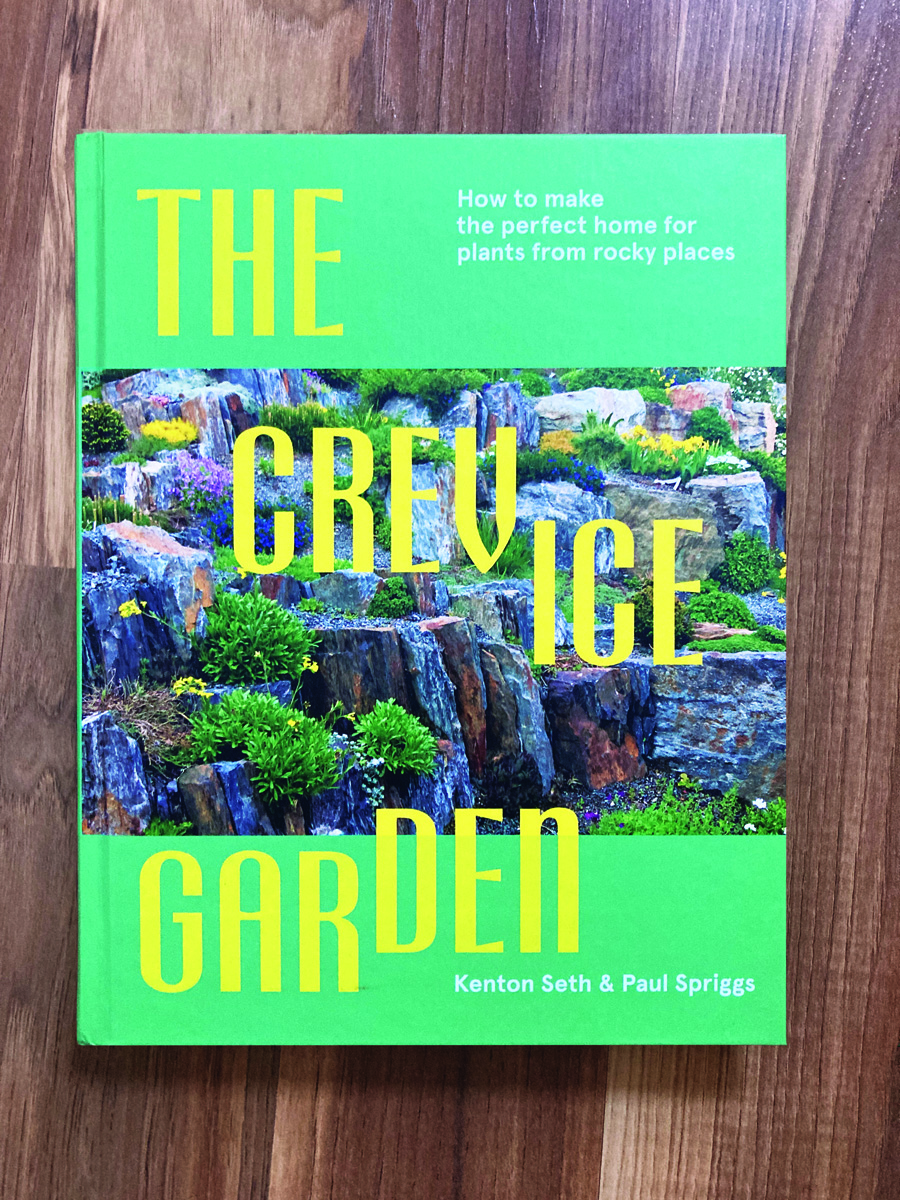
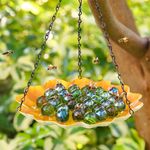





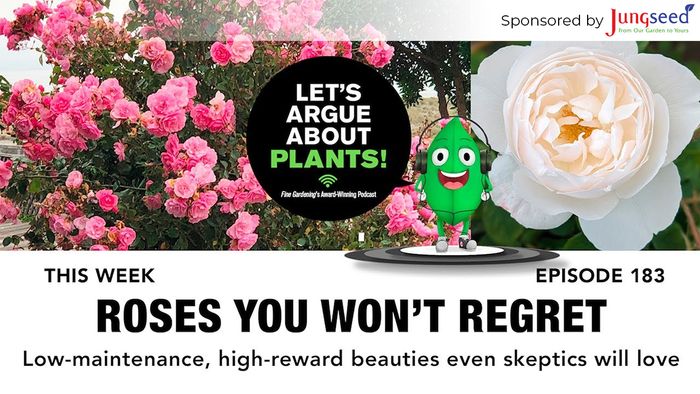
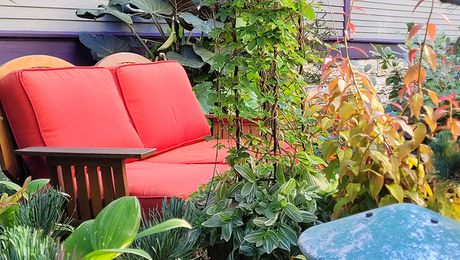
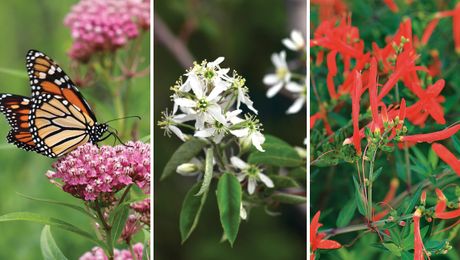


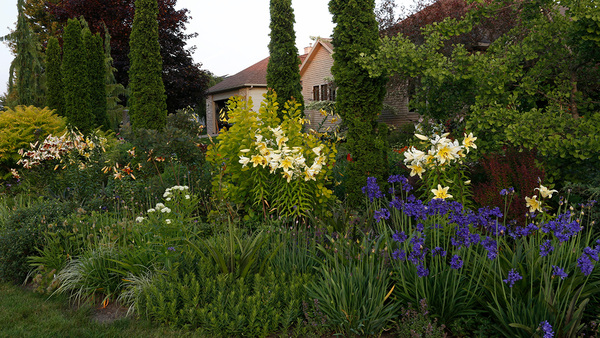




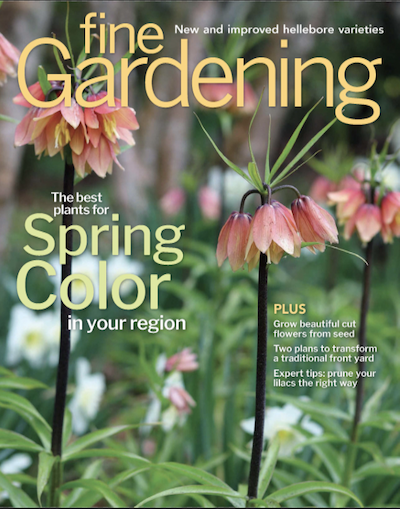


Comments
I really like this courtyard, building, ponds, surrounding the beautiful gardens and ponds!
Curious to know what the yellowish green sedum is...angelina or tokyo sun or?
A lotus in a manageable container - thanks for the photo and the idea! Lovely photos. And if I manage to get to Montreal - this would be a great garden to visit.
This garden is astonishing.... wow...
Log in or create an account to post a comment.
Sign up Log in